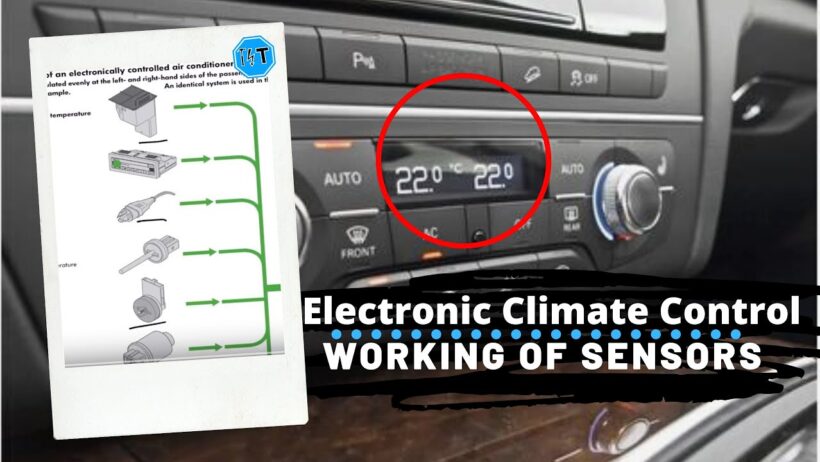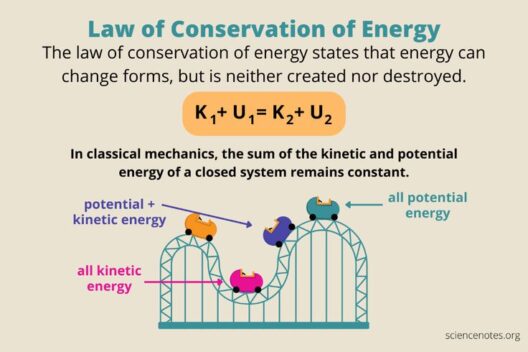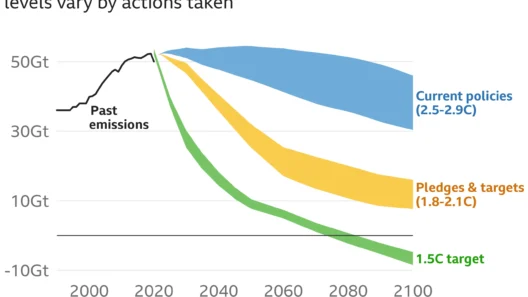In the contemporary landscape of automotive technology, A/C climate control systems are not simply luxury features; they have become integral to the functionality, comfort, and environmental stewardship of vehicles. As we step into the year 2025, understanding how these systems work, as well as their broader implications, is paramount. This exposition will elucidate the mechanics of automatic climate control, its variations, and its significance in the quest for sustainable transportation.
The principle behind automatic climate control systems is elaborate yet intuitive. At its core, the system seeks to regulate the interior conditions of a vehicle, ensuring the optimal temperature and humidity levels for passengers. The elaborate network typically comprises sensors that discern temperature variations within the cabin and the external environment. Armed with this data, the Automatic Climate Control (ACC) system adjusts the heating, ventilation, and air conditioning parameters accordingly. These sensors include cabin temperature sensors, solar sensors to gauge sunlight exposure, and even humidity sensors that detect moisture levels.
Moreover, the ACC is often integrated with the vehicle’s engine management system. This allows it to make real-time adjustments that not only prioritize passenger comfort but also promote energy efficiency. For example, in instances of sudden temperature changes, the system can swiftly modulate the A/C compressor’s operation, preventing excessive fuel consumption while still achieving the desired internal equilibrium.
Different configurations of climate control systems exist, each with its own levels of sophistication. The most rudimentary systems feature manual control, where passengers must adjust the temperature settings manually. These systems, albeit uncomplicated, can be inefficient and lead to discomfort as passengers frequently toggle settings to find their comfort zone.
Conversely, dual-zone and tri-zone climate control systems represent a step up. Dual-zone systems enable the driver and front passenger to set different temperature levels, accommodating varying comfort preferences. Tri-zone systems extend this luxury to rear-seat passengers, thereby ensuring comprehensive comfort for all occupants, which is particularly beneficial on long journeys where diverse temperature preferences may emerge.
Among the more advanced varieties, climate control systems harness artificial intelligence to predict user preferences based on historical settings. These systems can create personalized climate profiles for each user, preemptively adjusting temperature and air quality based on time of day or weather conditions. As a result, the transition into the vehicle becomes a seamless experience, enhancing overall satisfaction.
As we delve deeper into the year 2025, the significance of climate control systems transcends mere comfort. Increasingly, there is a burgeoning awareness of the impact of vehicular emissions on climate change. It is imperative to recognize that an efficiently managed A/C system contributes to reduced fuel consumption and subsequently lower carbon emissions. In this regard, today’s advancements in automatic climate control are aligned with environmental goals. By prioritizing energy-efficient cooling and heating methods, manufacturers can produce vehicles that not only serve consumers but also uphold their responsibilities to the planet.
Moreover, in striving for sustainability, the refrigerants employed in A/C systems are undergoing significant transformations. Traditionally, hydrofluorocarbons (HFCs) have been the refrigerants of choice due to their efficiency in heat exchange. Nonetheless, the environmental ramifications associated with those chemicals—namely their potency as greenhouse gases—have spurred regulatory shifts and innovation in the industry. As such, we are witnessing a gradual shift towards natural refrigerants and lower-impact alternatives. This transition promises to further reduce the automotive sector’s carbon footprint.
Furthermore, the integration of smart technology in climate control is revolutionizing the automotive landscape. Vehicles are increasingly equipped with connectivity features that allow occupants to control their climate settings via smartphone apps or voice commands. Such innovations facilitate a user-friendly interface, while also promoting enhanced energy efficiency through intelligent predictive algorithms that harmonize comfort with responsible energy use.
However, it is important to note the potential social implications of these advancements. As vehicles become equipped with more refined climate control technologies, distinctions in accessibility and affordability may arise. This underscores the necessity for equitable access to these innovations, ensuring that all segments of society can benefit from advancements in automotive technology without exclusivity or disparity.
As well as highlighting the importance of energy efficiency, the evolution of A/C systems serves as a testament to the broader movement towards creating sustainable, environmentally friendly solutions. In the face of escalating climate concerns and resource depletion, the automotive sector must embrace innovations that lessen negative environmental impact while enhancing user experience.
In summation, the exploration of A/C climate control systems illuminates their intricate workings and highlights their critical role in the modern automotive experience. As we progress through 2025, it becomes increasingly clear that the future of climate control will be defined not merely by comfort, but by its valuable contribution to sustainability and energy efficiency. The fusion of technology, consumer needs, and environmental responsibility will shape the trajectory of climate control, suggesting a promising and responsible future for both the automotive industry and society at large.








